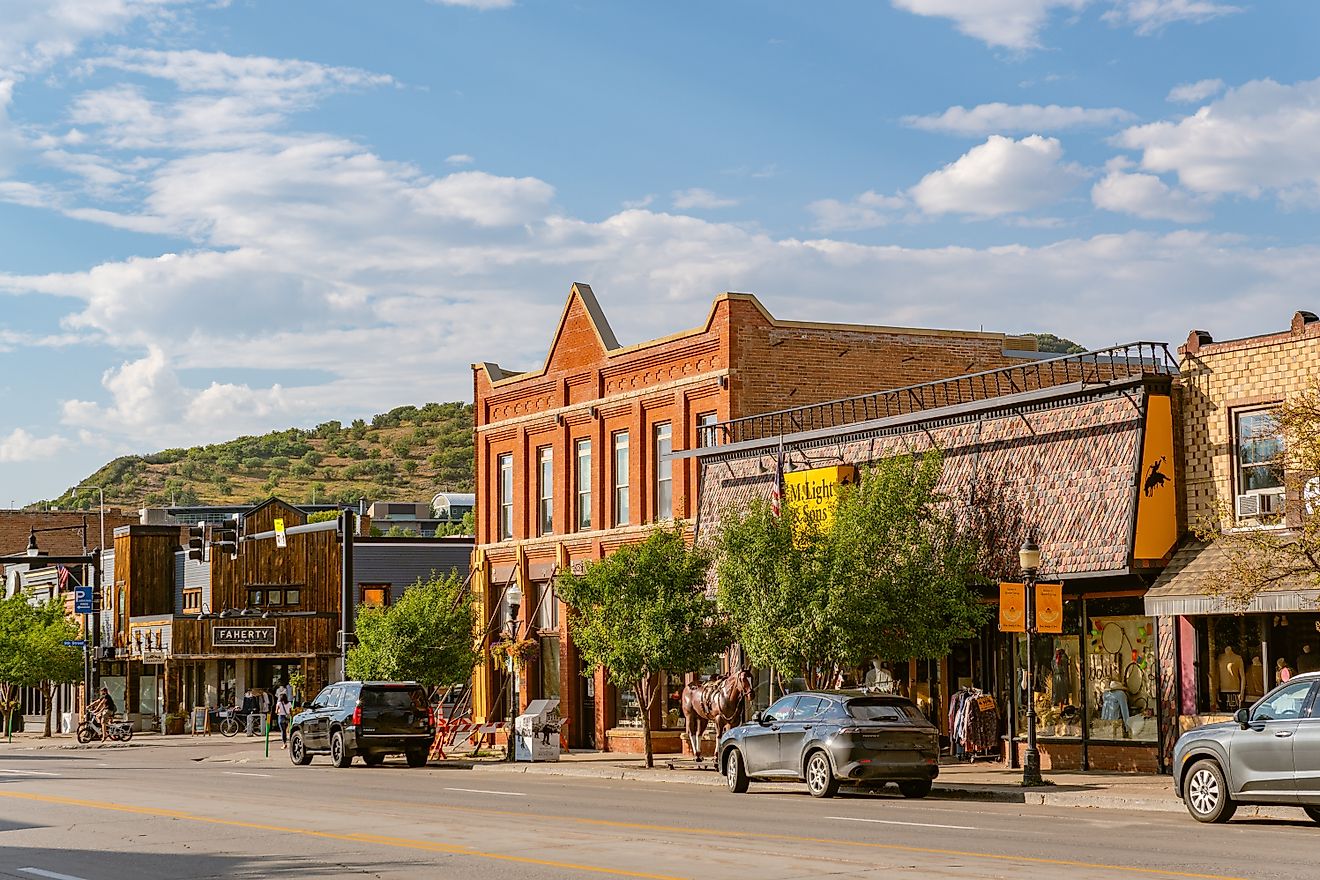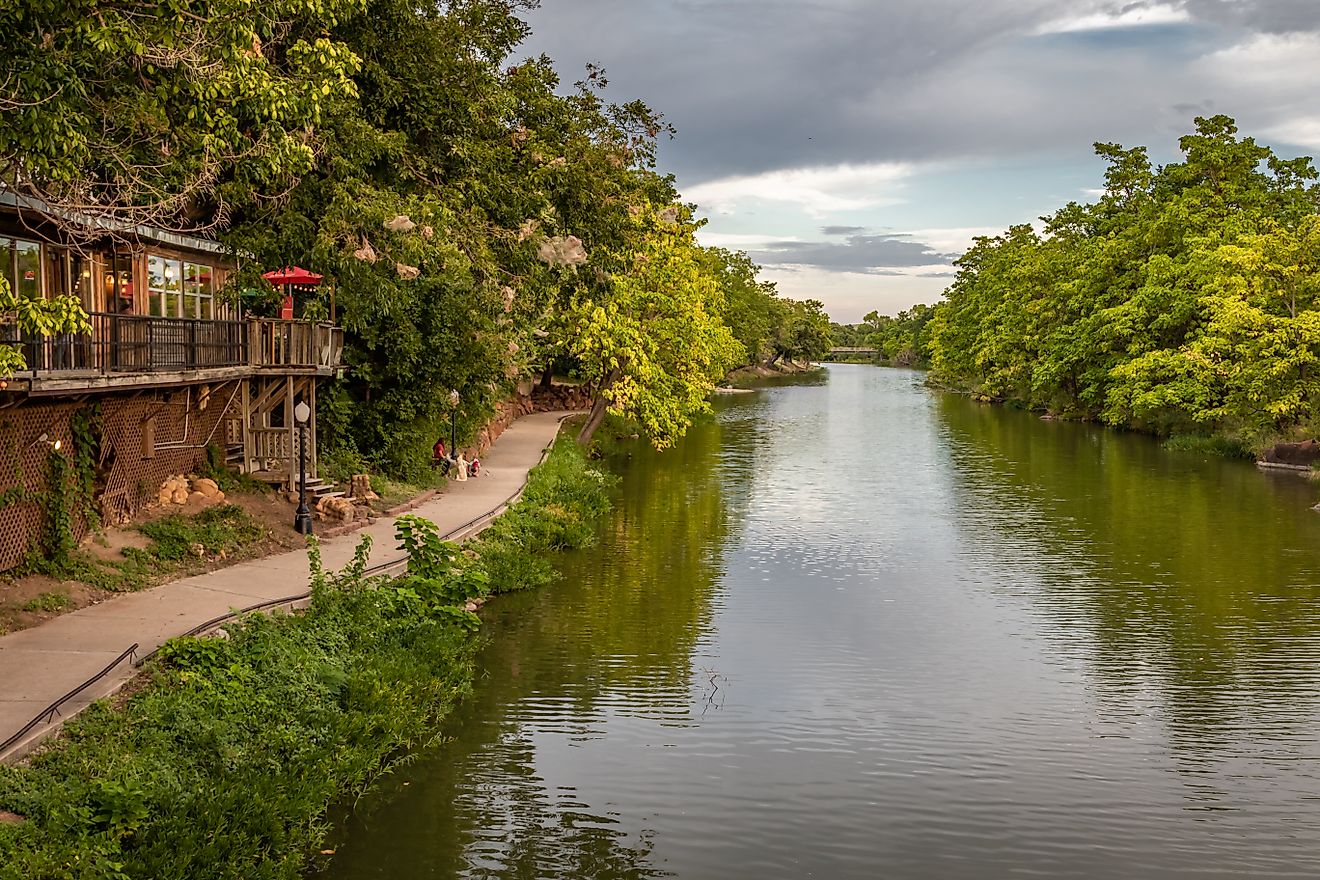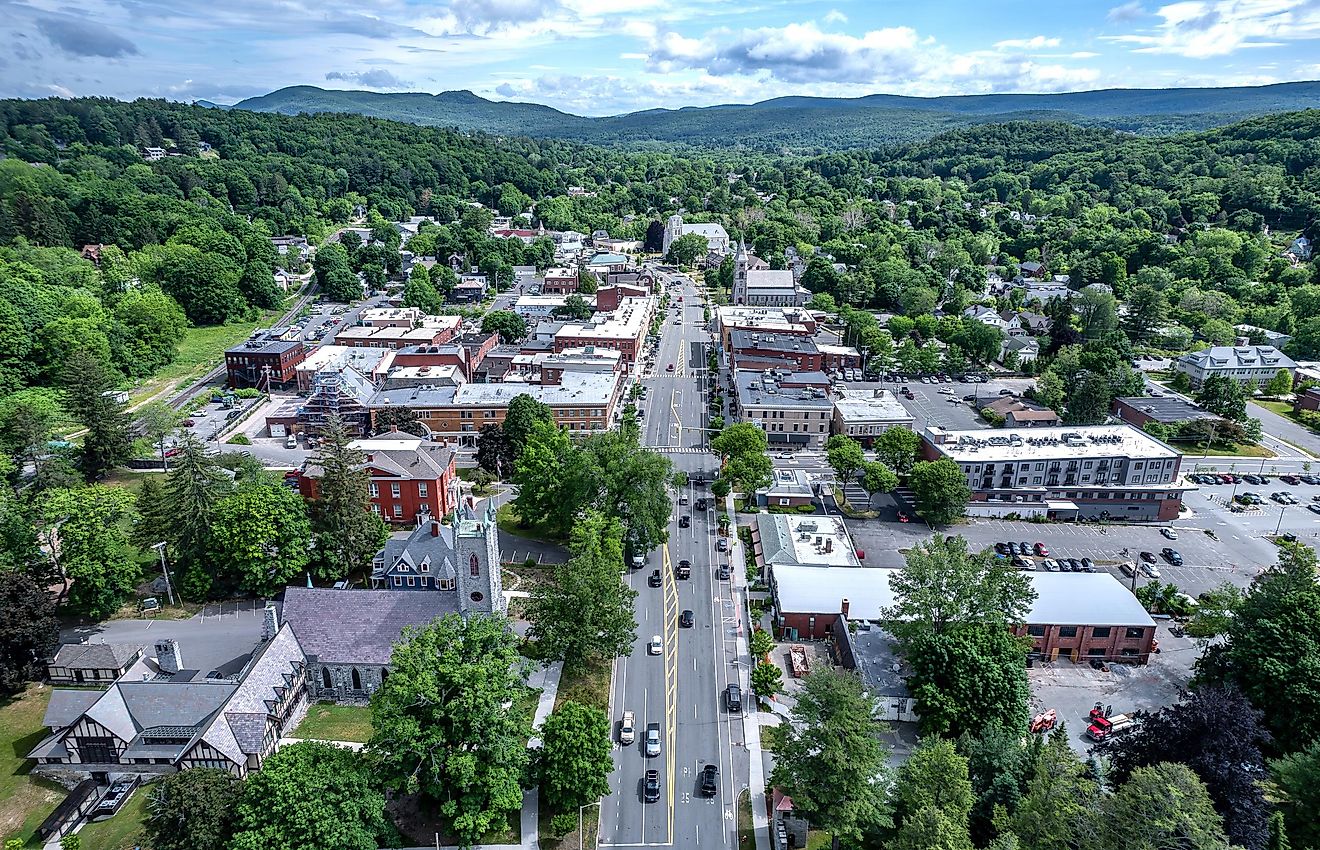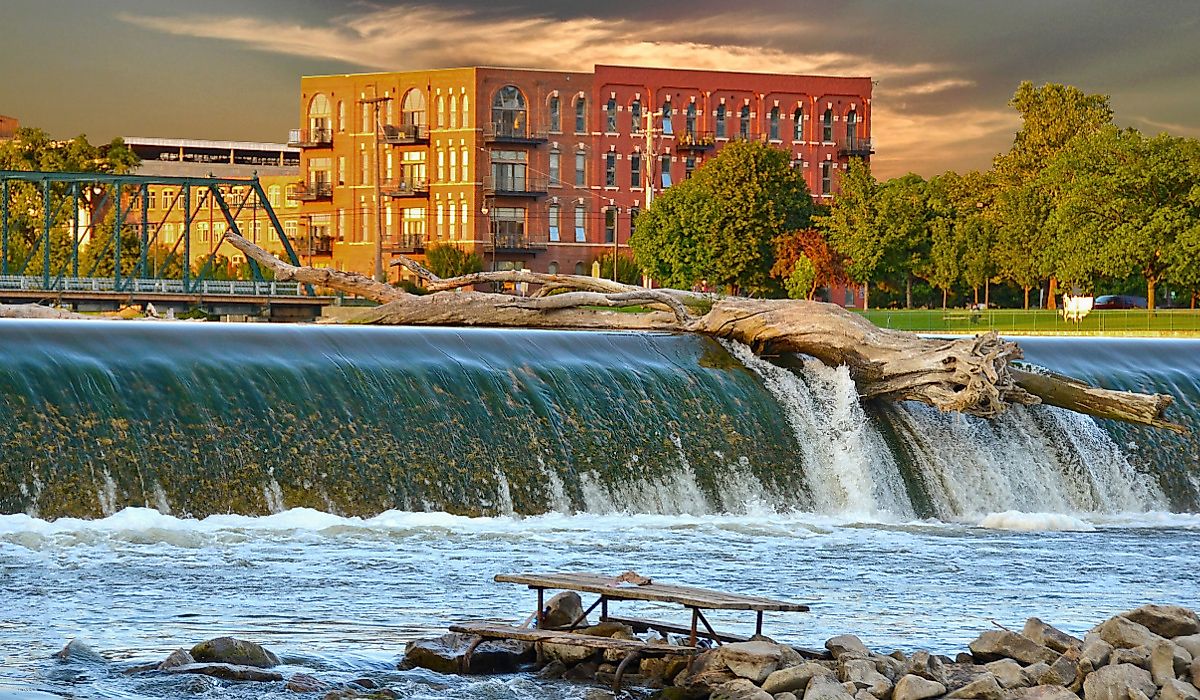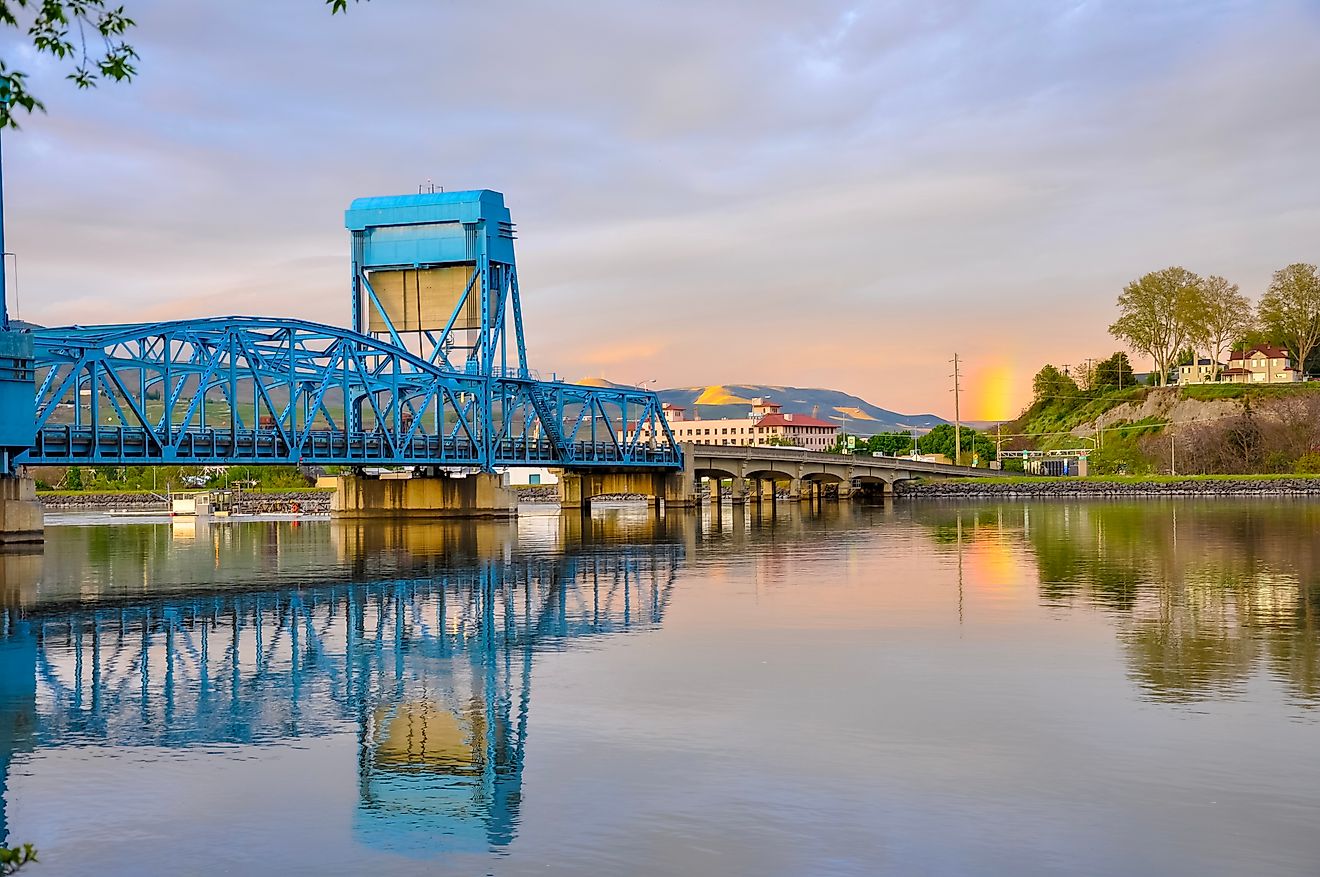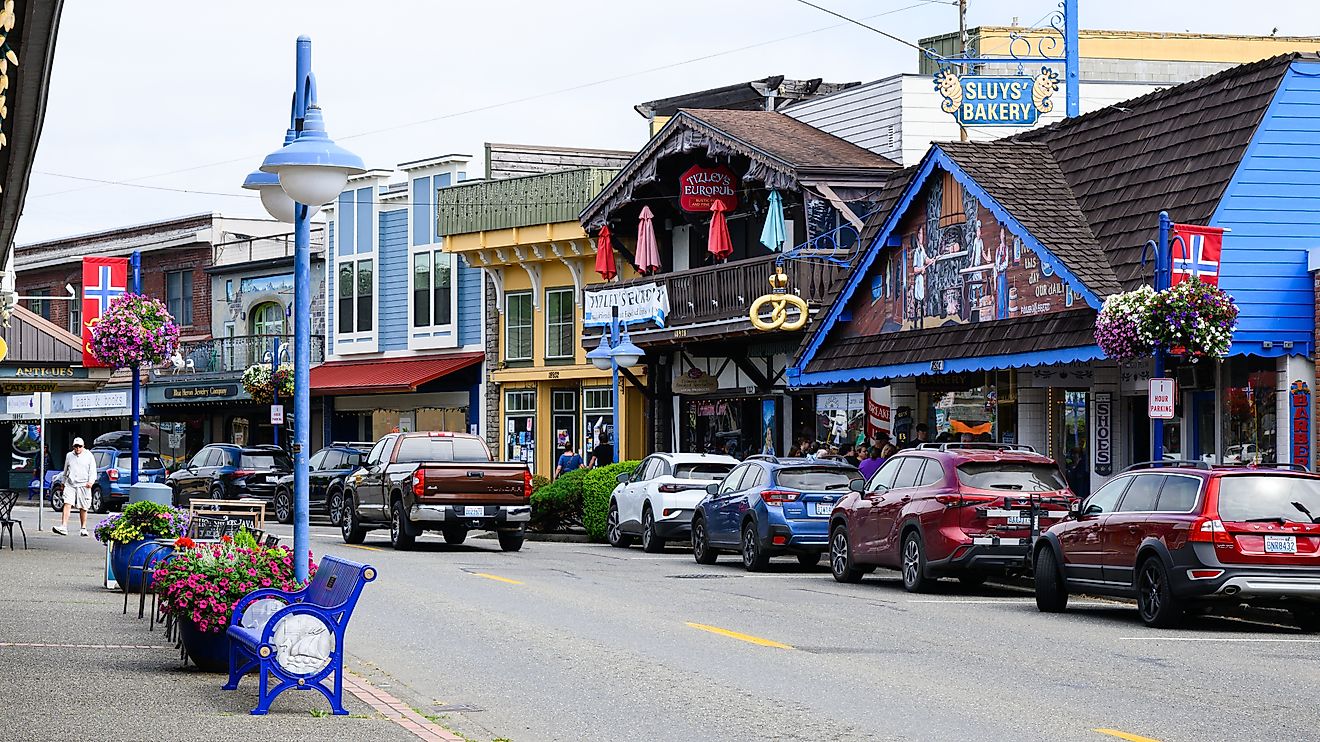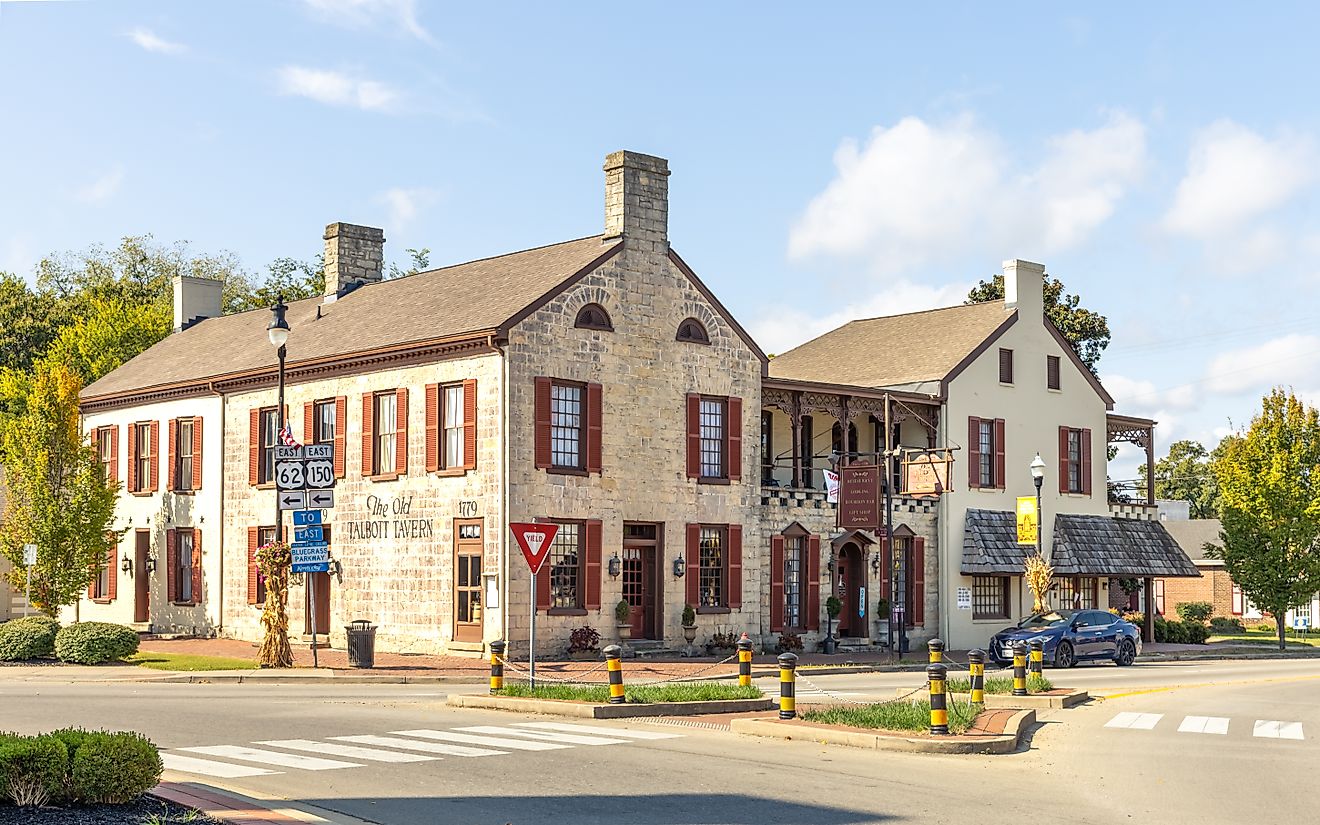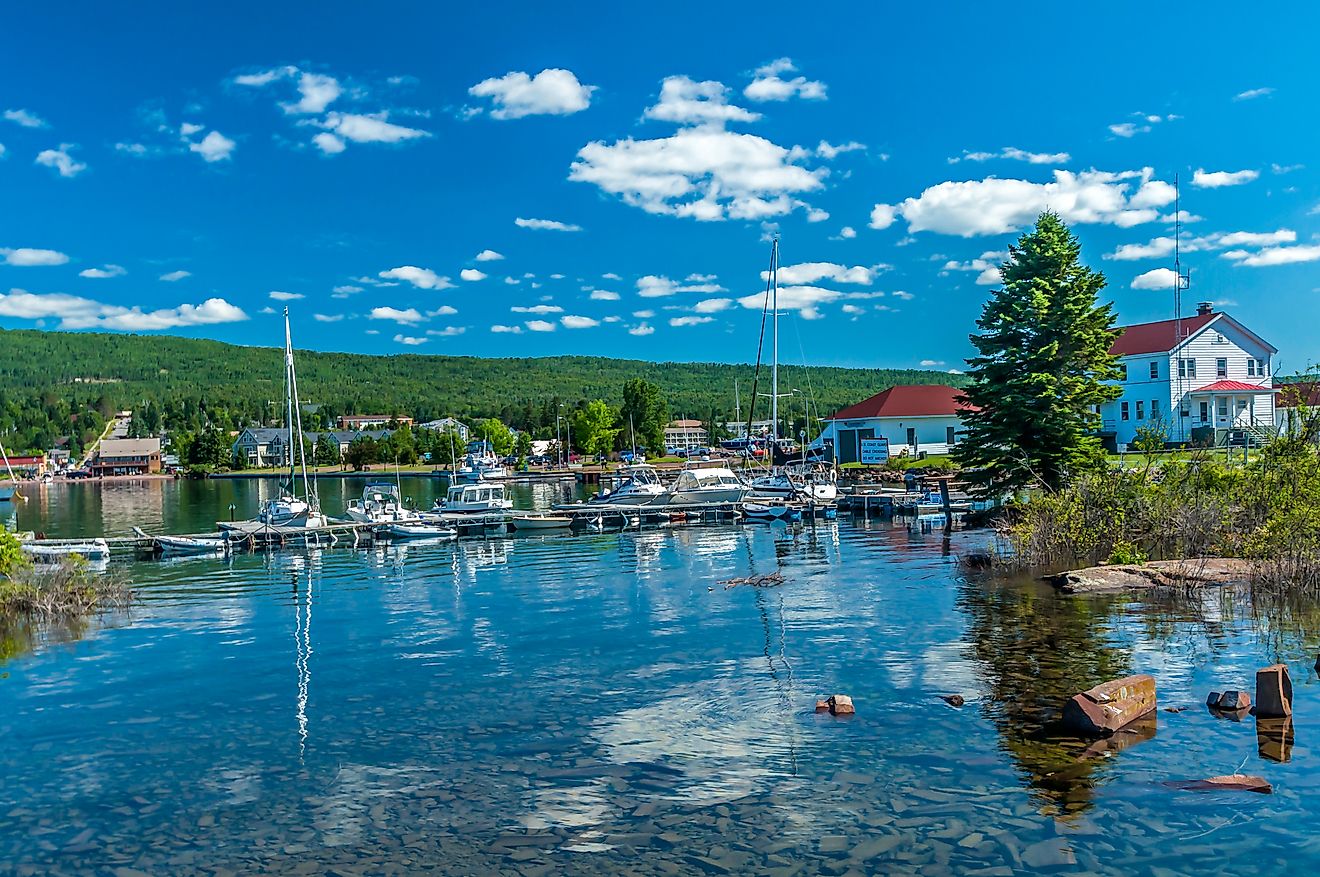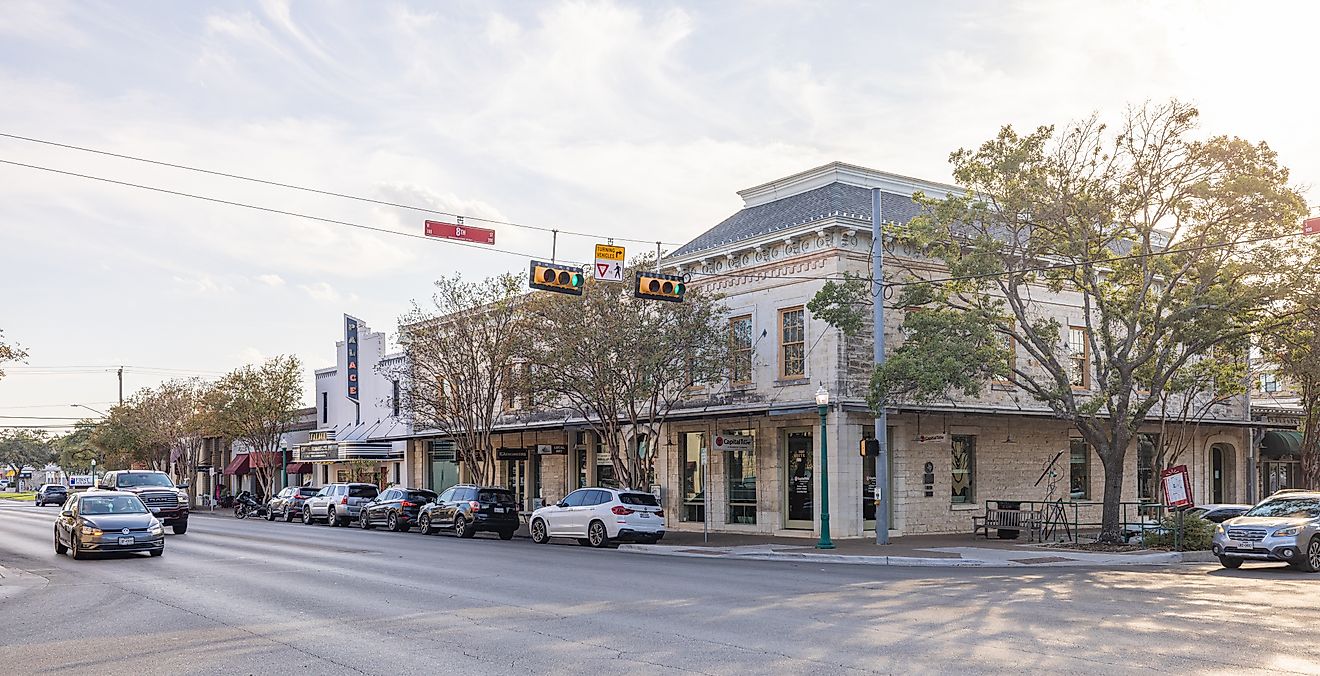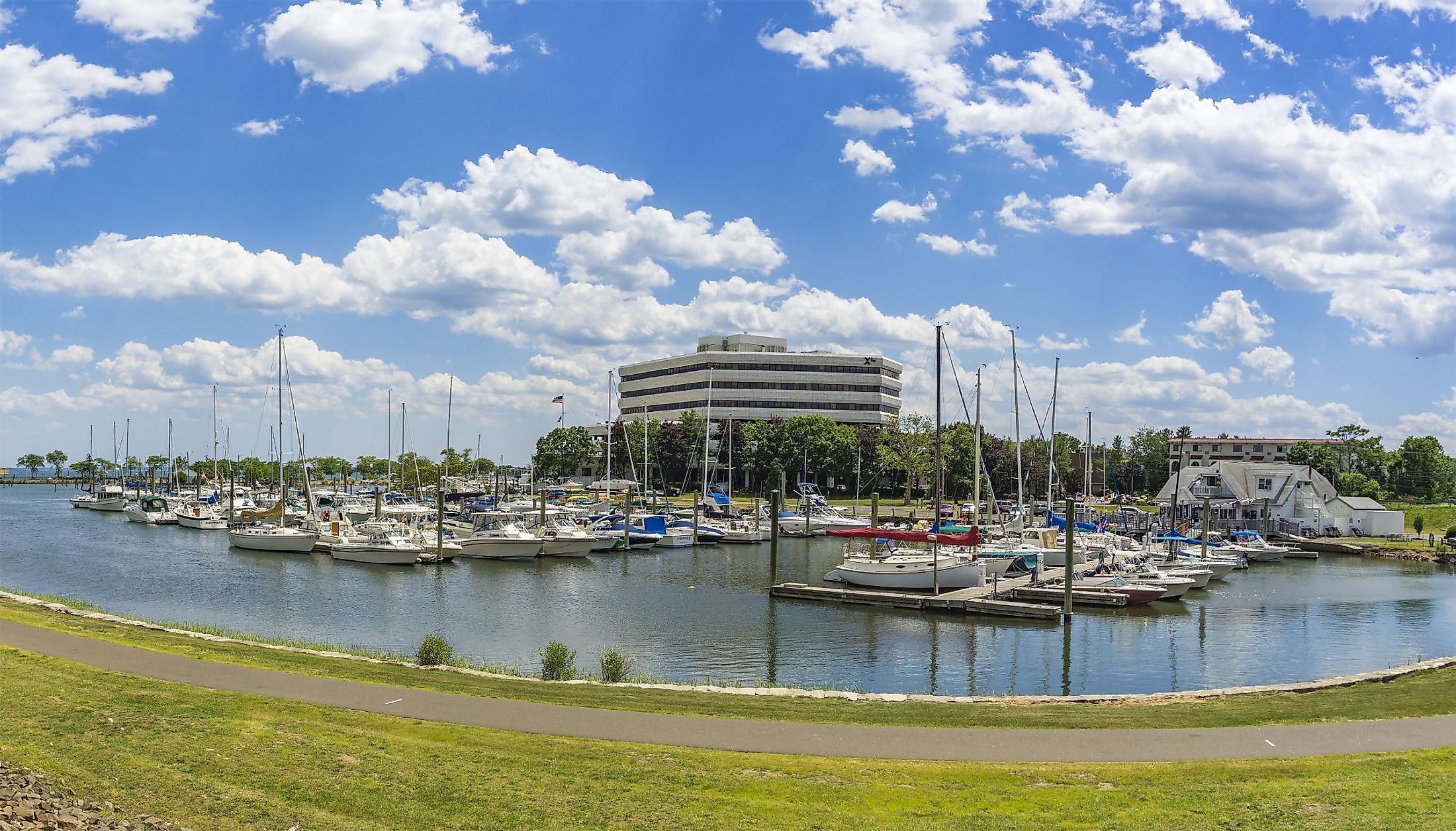
Stamford, Connecticut
The charming town of Stamford is the second most populous city in the US state of Connecticut. It is known as "the city that works" and is home to the dry electric shaver industry. The New Haven Line – a segment of the Metro-North Line – connects Stamford to the New York City metropolitan quickly and easily. Six significant airports within an hour's drive from the city center are a central hub for international and domestic business. Stamford truly has everything: a quaint city that can satisfy dining connoisseurs, shoppers, sports fanatics, and outdoor enthusiasts.
Geography Of Stamford
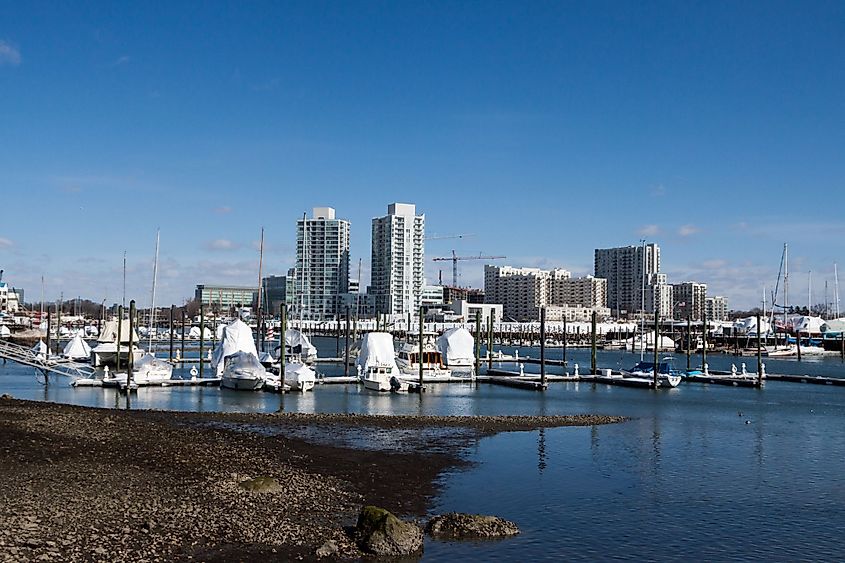
Stamford is the fourth largest city by landmass in Connecticut – covering an area of 134.8 sq kilometers. Stamford's elevation varies drastically from 1 meter at Shippan Point and 151 meters in the High Ridge area. Four islands are inside the city limits, Jack Island, Vincent Island, the inhabited Greenway Island, and Cove Island. The waterfront along the Long Island Sound is on the south, and the northern part of the city borders New York State. Hartford, Connecticut's capital city, is effortlessly reachable, just 125 kilometers north of Stamford. By car, drivers can go from A to B in under an hour and a half. Another alternative is a two-hour and ten-minute ride on the Metro-North Railroad, with a connection in New Haven on the Hartford Line. Roughly 350 kilometers north, skiers and snowboarders can have an action-packed day at Killington Ski Area, the tallest ski resort in Vermont. And 266 kilometers south, tourists can push their luck in the "East Coasts Las Vegas," Atlantic City, New Jersey.
Climate Of Stamford

The coastal town of Stamford usually receives more rainfall than snowfall each year. The city can get nearly 1,300 millimeters of rain and over 75 centimeters of snowfall annually. From April until November, the monthly average rainfall exceeds 90 millimeters. Summers are very humid, hot, and rainy – July is the hottest month where temperatures can climb over 30˚C with more than 50% humidity. As the heat rises by mid-summer, by August, the ocean temperatures can reach 22˚C, where locals and tourists can cool down from the warm weather. Rainfall tapers off as autumn fades into winter, and the ample moisture then turns into snowflakes. Stamford could collect over 40 centimeters of snow each month in January and February. Temperatures in the winter highs do not tend to drop below 0˚C, although the lows will stay below freezing from December till March. Spring is very calm and rainy in Stamford; however, by the middle of May, the daytime highs will climb back into the 20s.
History Of Stamford
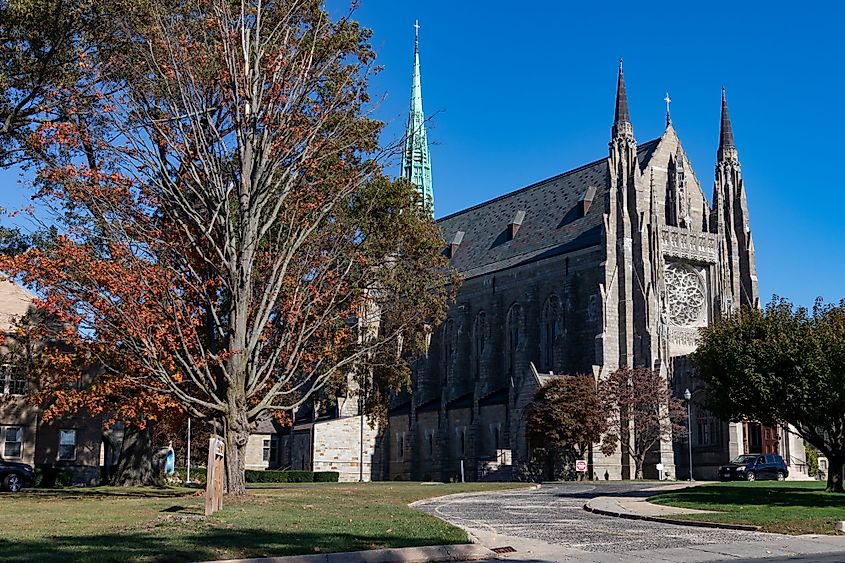
The original inhabitants were the Siwanoy Tribe of the region known as Stamford today. The indigenous people called this land Rippowam. On July 1st, 1640, Chief Ponus of the Siwanoy Tribe agreed to sell the plot to Captain Turner of New England. The British settlers offered tools, clothing, and household objects to the Chief and four families in the Native tribe in exchange for their land. The aboriginal people did not understand the concept of fencing off areas for private land and making deals for property, as they thought the entirety of the landscape was still theirs. Stamford became the settlement's name in 1641, derived from a town in Lincolnshire, England. Since Stamford's incorporation, there have been many disputes between colonizers and indigenous groups throughout its history. Despite its dark past, Stamford and the remainder of Connecticut pulled through to become a forgiving and thriving state.

The New York to Hartford railroad chose to construct a railway stop in the town of Stamford in 1848. Twenty years later, the city leaped into an industrial boom, which might be thanks to manufacturing the famous Yale pinned and keyed locks. Linus Yale Jr., an American inventor, and Henry Towne, the kin of a prosperous engineer, came together to create the patented padlocks. Based upon the closeness of New York and its convenience to land, rail, and sea – helped their decision to fabricate the locks in Stamford. In just over twenty years, the business partners grew their production from employing 30 workers to more than 1000 women and men. Many other businesses followed suit by operating their assemblies in Stamford. By the late 1800s, there were 80 passenger trains a day stopped in Stamford to take personnel to and from their workplaces.
Population And Economy Of Stamford

Located in Fairfield County, Stamford has a population of 138,036, according to the latest US Census. There has been a 1.89% population growth since 2010, with only one decline in residents in the 1970s. Stamford's median household income is $140,870, alongside a poverty rate of 9.14%. The average rent is around $1,850 per month, and the average house value is $541,600. The ethnic composition of the population includes the following: White: 61.9%, African American: 13.9%, Other: 9.4%, Asian: 8.7%, Two or more races: 5.7%, Native American: 0.36%, and Pacific Islander: 0.04%. Stamford has a 72.4% in labor force participation and a low unemployment rate of 5.8%. The most common occupations in Stamford are Management, Sales and Related Occupations, and Business and Financial Operations Occupations. And the highest paying careers are in the Legal Occupations, Law Enforcement, and Management Occupations.
Attractions In Stamford
Stamford Museum & Nature Center
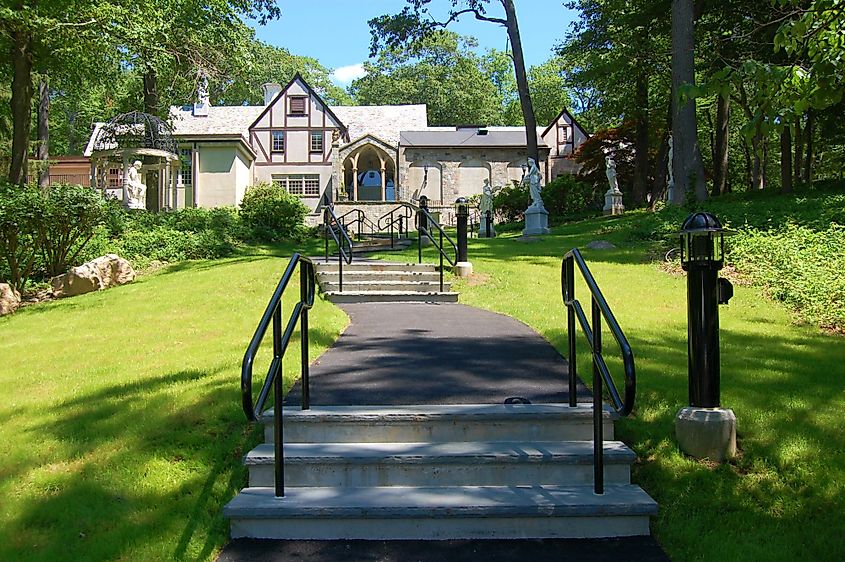
The Stamford Museum & Nature Center opened in the summer of 1936 when Dr. G.R.R. Hertzberg – a local surgeon – displayed numerous exhibits on natural science. Since then, the community of Stamford helped build the museum to what visitors can experience today. Now, the museum categories consist of 19th and 20th Century European and American Fine Art, Indigenous Art and Artifacts, Natural History, American History and Culture, and Agricultural Artifacts. The museum and nature center host seasonal programs for children and adults to keep community involvement alive.
Cove Island Park
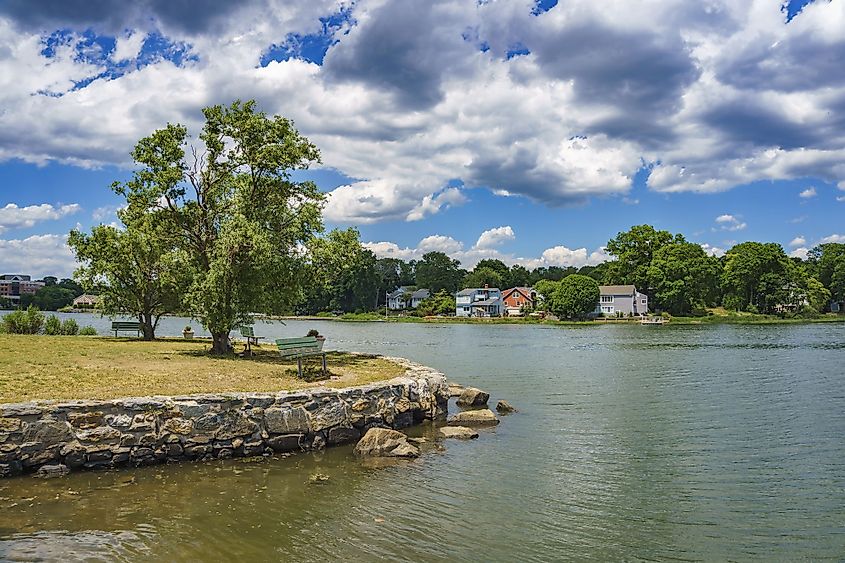
Cove Island is a popular recreation destination with running trails, playgrounds, barbeque pits, a sports complex, and two sandy beaches. A bridge connects the island to interior Stamford, and a local marina divides the two parks. The Cove Island Wildlife Sanctuary is inland and is home to twenty-seven notable species in Connecticut and surrounding areas. An extensive range of wildlife species inhabits the park, with over 50 butterfly and 300 bird species.
Fort Stamford
Constructed in 1781 by the civilians in Fairfield County, this fortification's purpose was to protect residents from British invasions. It was built along the Mianus River, far enough from the coastline that the British army occupied. Nowadays, guests can walk through the gardens and explore the grounds of an essential piece of the Revolutionary War.
